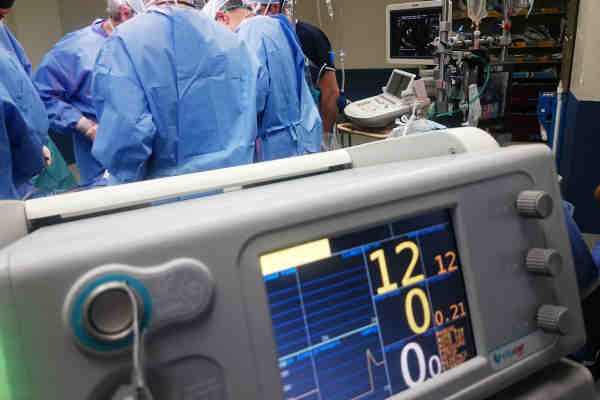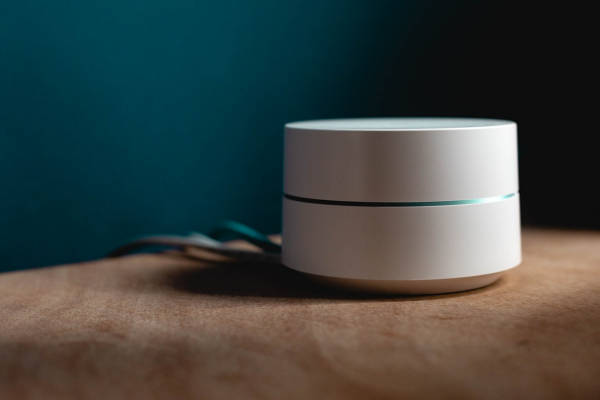FCC BLE Certification Requirements
FCC BLE Certification Requirements
With the current proliferation of IoT (Internet-Of-Things) devices, we’ve seen a huge in-rush of Bluetooth Low Energy (BLE) devices that need FCC certification testing. In this post, we’ll discuss the three major BLE semiconductor companies that most end devices are using; next, we’ll discuss the common FCC certification requirements for end BLE devices.
Who are the Major BLE Chip Manufacturers I Should Consider for my FCC Compliant Design?
As of 2019, we see the vast majority of BLE devices coming from three major semiconductor manufacturers.
#1: Nordic (nRF52840, nRF52832, nRF52811, nRF52810)
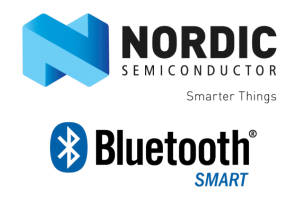
Nordic Semiconductor is a fabless semiconductor company based in Trondheim, Oslo, Norway. The company was formed in 1983 and initially focused on mixed-signal application-specific integrated circuits (ASICs). In 1998, Nordic transitioned out of custom ASIC design and began to focus on wireless products in the 433MHz ISM band. At that time Nordic was a smaller player in the wireless space, but in 2003 they made a strategic decision to transition into low power wireless devices and released their first 2.4GHz wireless chips.
From 2003 and onward Nordic has become the dominant leader in Bluetooth low energy chips in consumer electronics.
Countless consumer electronics companies use Nordic BLE chips in their IoT and wearable devices. You would be hard pressed to find a major consumer electronics product that hasn’t used a Nordic chip at one point in their designs.
The Nordic Reference Designs are quite straightforward to implement and require very few external components.
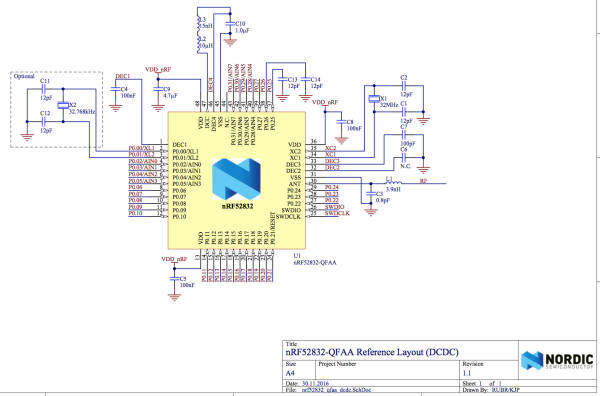
Nordic provides a comprehensive SDK which as of 2019, includes a free license of the Segger Embedded Studio
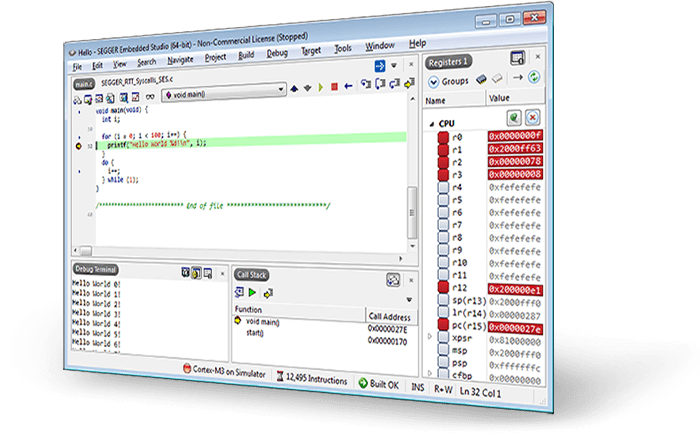
Segger is also the company behind the Segger J-Link programmer which has also become the de-facto programmer for development of ARM Cortex-M based devices.
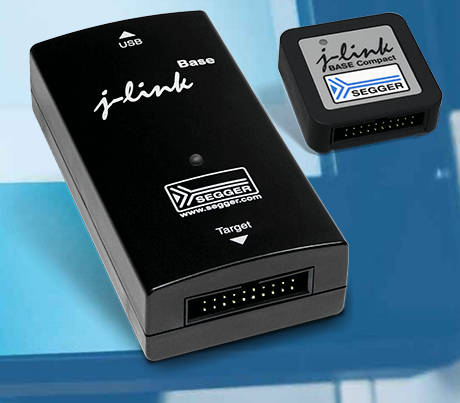
In choosing to use Nordic not only do you have a company with decades of experience in building low power BLE wireless transmitters, but you are also getting an IDE and programming tool from one of the industries dominant players. Nordic really has put together an incredibly comprehensive BLE solution, that any product developer should consider.
As developers, we do wish Nordic had a more comprehensive and supported RTOS in their SDK, in order to speed up systems development. In our opinion, we’ve found the SDK to be a bit cumbersome to get started with and we do wish there was more comprehensive tutorials from product on advanced use cases.
We’ve found Nordic support to be quite good in their support forum and through private contact. So while the SDK may be a bit difficult to get started with, you do have plenty of support along the way.
We’ve worked one hundreds of FCC Certifications based on Nordic designs and have found their chips to have very few EMC issues when it comes testing. So long as you follow the reference design and have a decent PCB layout we’ve found very instances of emissions issues.
#2: Texas Instruments (CC2540, CC2541, CC1352R, CC2640)
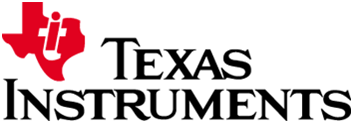
Second on our list of major BLE Chip manufacturers should come as no surprise: Texas Instruments. (And no, they do make more than the calculators you used in AP Calculus!).
By head count, Texas Instruments has over 29,888 employees while Nordic has just 685 employees.
While you would think that Texas instruments as the larger company would be the dominant BLE semiconductor manufacturer, in our experience we tend to see many more Nordic based designs then Texas Instruments based designs.
The reason Nordic is the dominant chip player in BLE, is that they began to specialize in BLE in 2003, but they had another Olso, Norway based competitor : Chipcon.

Chipcon was also a fabless semiconductor company similar to Nordic that had a very similar product offering and business modelfocused on low power wireless ISM chips. At the time Texas Instruments felt like they were behind in this product offering and in 2006 acquired Chipcon.
While Texas Instruments now markets the Chipcon products under the SimpleLink Solutions moniker, you can still identify what is being developed by the Chipcon IP from the devices that are marked as “CC*****”.
Texas Instruments has a staggering amount of BLE offerings, with nearly 20 parts that support BLE.
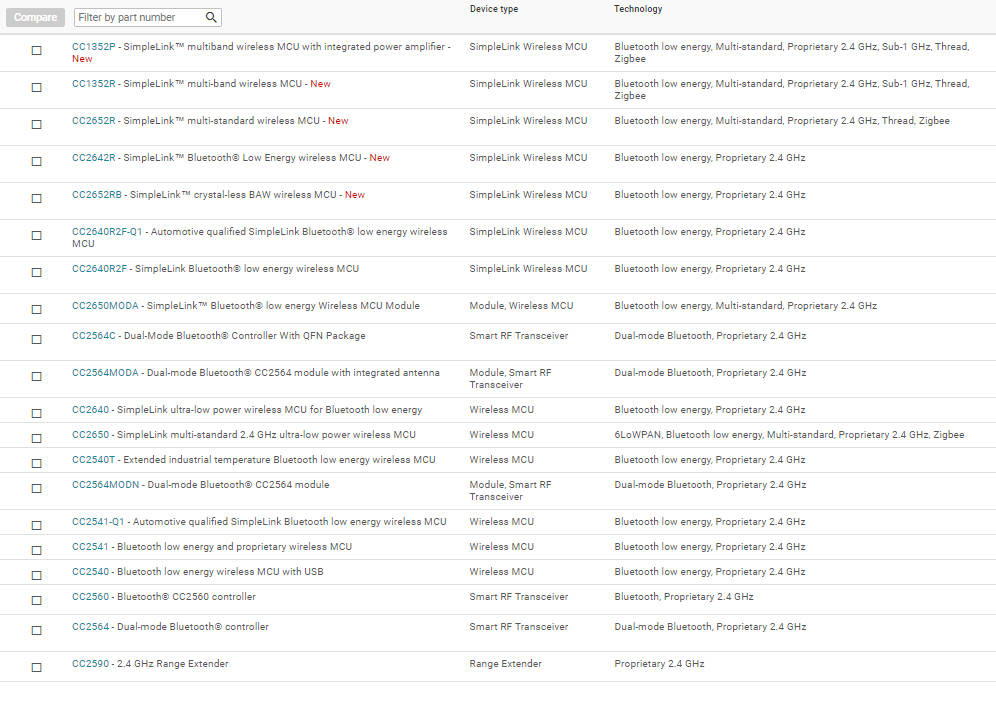
Similar to Nordic, TI has comprehensive reference designs which are quite well-formed but perhaps do require some additional external components that Nordic ICs do not require.
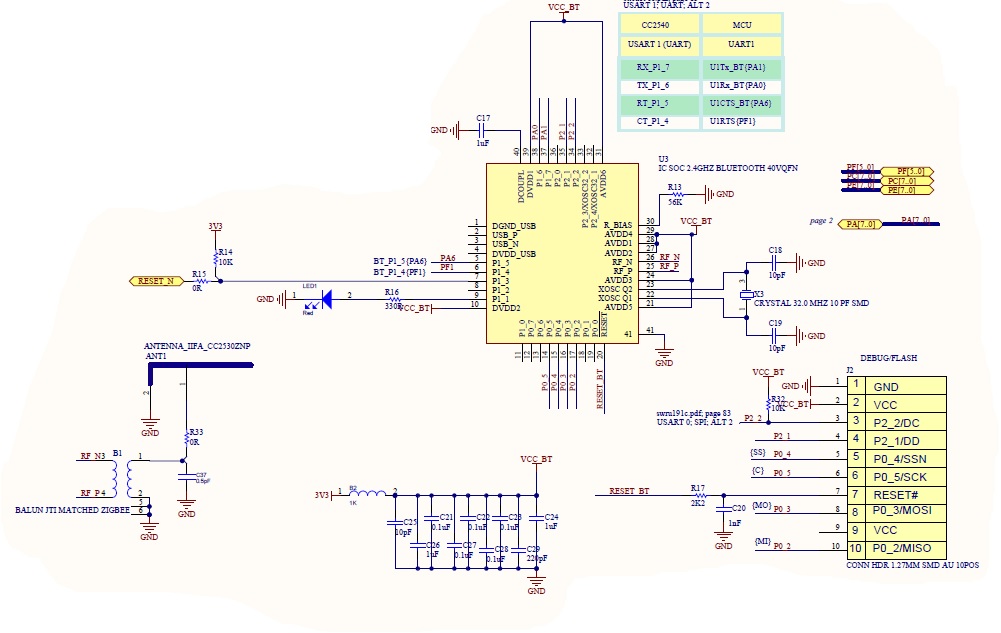
Prior to Nordic offering a free license of Segger Embedded Studio, one area where TI really out-shined Nordic is in their free offering of their IDE, Code Composer Studio.
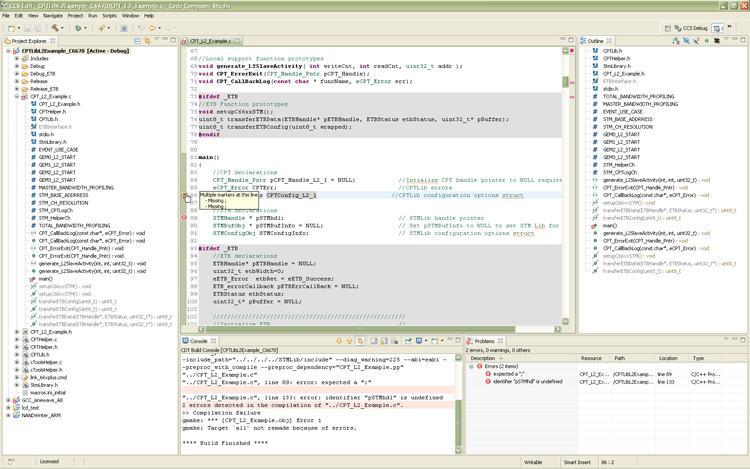
TI Code Composer Studio, is a completely free IDE that support not only Texas Instrument’s BLE chips, but support their entire line-up of Microcontrollers and embedded Processors. Prior projects using Nordic parts, required a license from ARM Keil once your firmware reached a certain size.
Texas Instruments offered a huge cost advantage by giving away their IDE, which now with Nordic offering Segger Embedded Studio does not seem like such a big deal, but for developers in the past this could be thousands of dollars.
The CC based BLE chips from Texas Instruments have their own branded programming tool called the CC Debugger, which is based on the J-Link protocol.
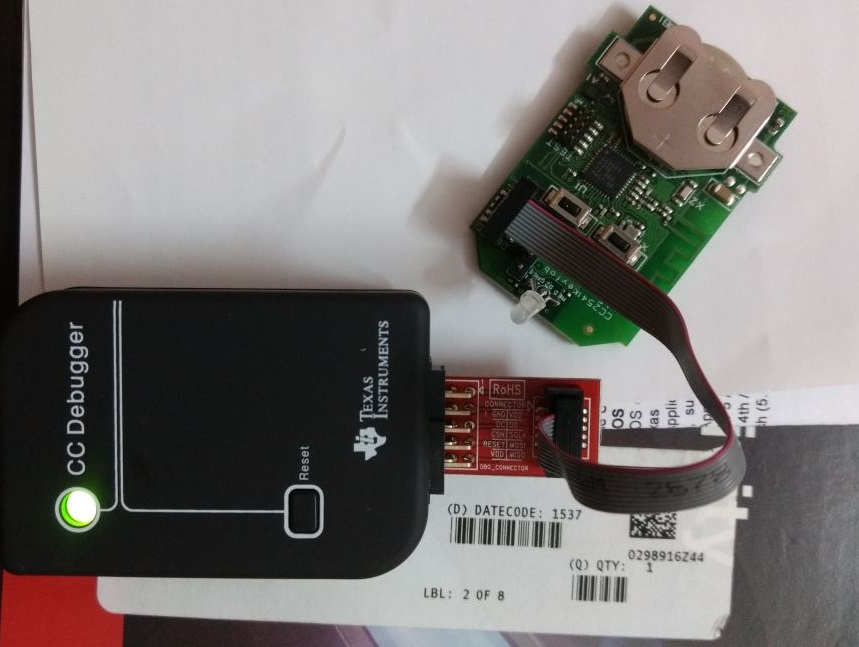
You can also use the Segger J-Link with Code Composer Studio as well with TI BLE products.
There are a few advantages we think TI has over Nordic from a design perspective:
- TI offers many chips with support for sub-GHz wireless as well as with BLE. With many IoT devices you may need several different wireless technologies. Nordic really just specializes in 2.4GHz, where the entire Texas Instruments portfolio supports countless different integrated radios
- The SimpleLink SDK has native support for an RTOS, where Nordic’s SDK feels like the RTOS is an after-thought and while it supports FreeRTOS it doesn’t feel like a native offering
- Comprehensive product portfolios for easy bolt-on-solutions; unlike Nordic, Texas Instruments has a massive portfolio of ICs and suppose you need to increase the power of your end product – don’t worry they have a ready-to-bolt on PA for your chip. TI has a solution for every possible need your system could have
There are a few dis-advantages to using TI over Nordic:
- TI’s support only comes from their public support forum. We’ve worked as designers on a number of TI wireless MCUs, and we’ve always run into problems with their SDK and functionality of their chips. The only official support mechanism is their public support forum. While their employees are mostly responsive, we’ve found their responses to fairly surface level and for deeper technical solutions we’ve really had to spend a lot of time to solve things where Nordic would be able to assist in a much quicker way
- TI’s chip cost a little bit more (in our opinion the costs can be amortized pretty quickly by how easy their RTOS is to use)
- From an EMC perspective, we have found TI’s CC offerings are more very prone to having EMC issues. Some of their chips have harmonics and other ambient emissions which are not documented in their design guidelines and you’ll find that you need to correct them which could require a re-spin of the board. It breaks our heart to call out this issue, since we really are fans of their chips (BLE + SubGHz is really a dream combo from a product perspective), but we have had many clients with EMC issues at the last minute that requires additional filtering.
#3: Dialog Semiconductor (DA14585, DA14586, DA14681, DA1469x)
![]() Dialog Semiconductor is a Reading, UK based manufacturer of semiconductors. While their focus has traditionally been on other areas, they do have a limited offering of wireless BLE chips.
Dialog Semiconductor is a Reading, UK based manufacturer of semiconductors. While their focus has traditionally been on other areas, they do have a limited offering of wireless BLE chips.
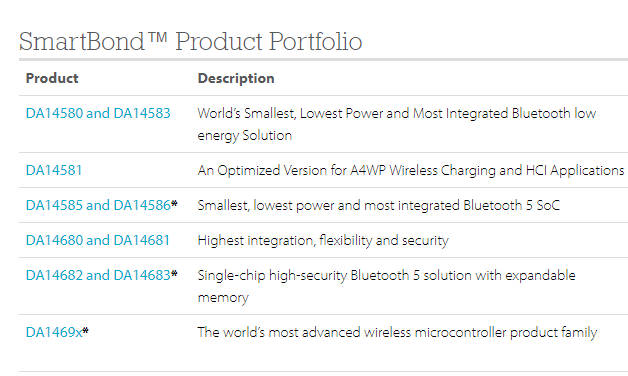
Similar to both Nordic and Texas Instruments, Dialog offers their free IDE Smart Snippets Studio and also has a comprehensive SDK for development of their chips.
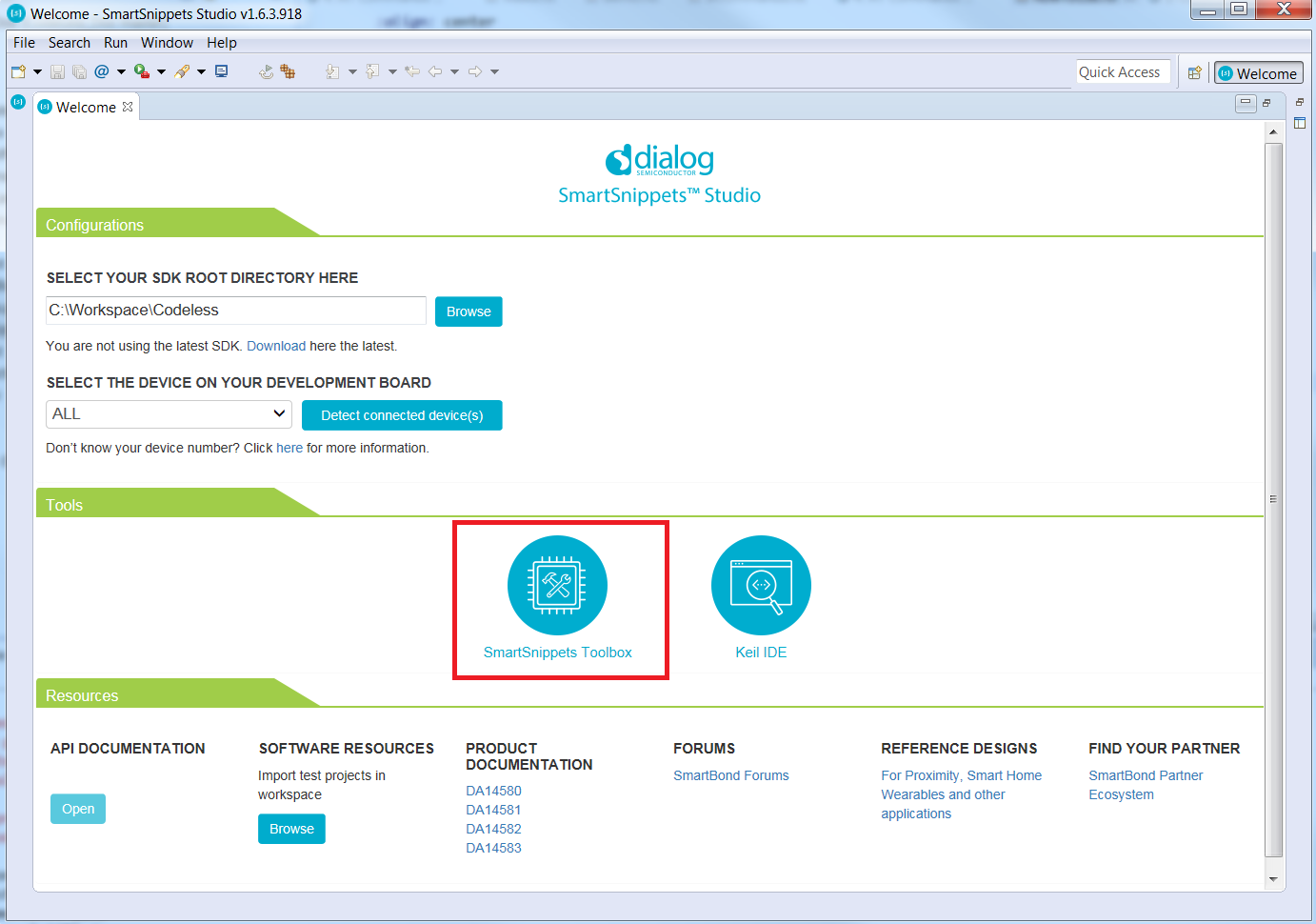
As developers we’ve had less experience working with Dialog’s DA based BLE solutions, and on a client basis we have not seen too many of their chips in commercial products.
From an EMC testing perspective, the Dialog based designs we’ve worked with have had no EMC issues and we know that Dialog’s BLE chips are even lower cost then Nordic’s chips.
We’ve heard their reference designs can require more external parts.
For a low cost design, Dialog’s BLE chips may be a solution worth looking at but from a support and knowledge perspective they come in at a distant third in terms of usage.
We’ve found their test tools for FCC certification to require the most prep and setup, and unless you have a serious BOM cost situation we would probably recommend Nordic or TI over their solutions at this point.
What Testing Do I Need for my BLE Product?
At this point, we’ve reviewed three potential vendors for your BLE FCC certification product: Nordic Semiconduct, Texas Instruments, and Dialog Semiconductor. We’ve FCC BLE certified & tested all of these companies products in a wide range of end-consumer devices and all of them have the required test software and API calls needed to support BLE testing.
In order to get your BLE product FCC certified and legal to sell in the USA you will need to conduct FCC Part 15 certification testing for your BLE device.
FCC BLE Certification Testing
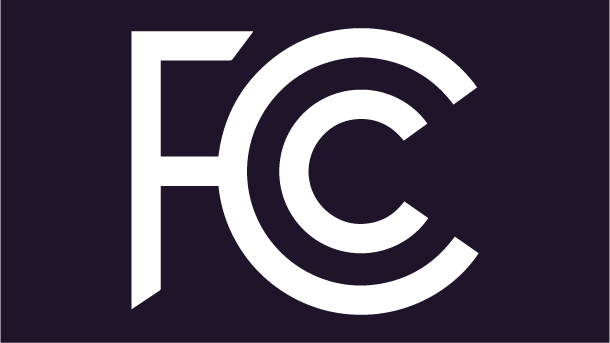
As we discussed in our guide to FCC Part 15 Testing, all intentional transmitters are required to apply for a formal FCC certification (which you’ll find referenced as “FCC Part 15C”).
Similar to FCC Part 15B testing, any electronics devices with an oscillator or clock operating over 9 kHz needs to be measured by an accredited lab in order to apply for an FCC certification. Unlike with Part 15B, wireless devices are considered “intentional transmitters” and will require the full FCC certification process.
FCC Certification is conducted under 47 CFR Section 2.907. Certification is considered the most detailed approval process under the FCC’s rules and is usually conducted for RF Devices as they pose the greatest potential for intra-device interference.
Unlike the Supplier’s Declaration of Conformity, your testing results will need to be sent to a Telecommunication Certification Body (TCB). The TCB will conduct a thorough evaluation of the technical documentation and test reports and will then issue an approval on your device.
Once your FCC certification is approved it will be posted to the the FCC public database where anyone can view your test results and details of your submission.
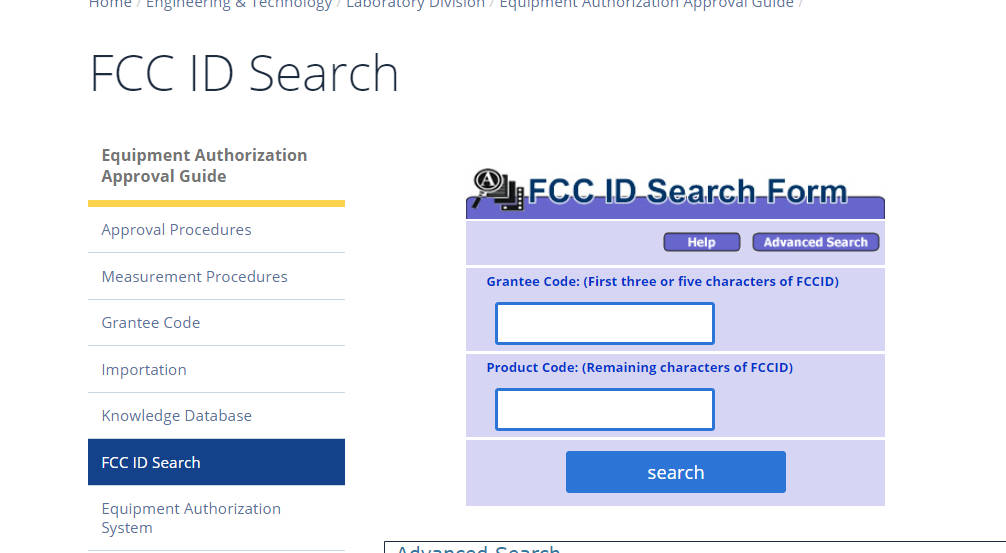
For the FCC Certification BLE testing, you will be testing your end device to 47 CFR § 15.247 - Operation within the bands 902-928 MHz, 2400-2483.5 MHz, and 5725-5850 MHz. and 47 CFR § 15.249 - Operation within the bands 902-928 MHz, 2400-2483.5 MHz, 5725-5875 MHZ, and 24.0-24.25 GHz..

In addition to the BLE testing, you will also need to apply for an FCC ID. The FCC ID is a unique code which is used to identify your product in the FCC’s public database. The FCC is composed of both teh Grantee Code and Equipment Product code. The Grantee code is a five character random alphanumeric string which the FCC will assign to your company. The product code is 1 to 14 character unique identifier that your company can select which will be appended to your Grantee code. Once you have finalized the codes of your product, you will then the final FCC ID of your product.
You will need to permanently label / mark your product with your FCC ID.
Unlike many FCC testing labs, our inclusive-project pricing model includes all the required FCC testing, formal reports, application for FCC ID, and formal filings fees to the TCB.
How can Sunfire Testing Assist with my FCC BLE Certification Testing?
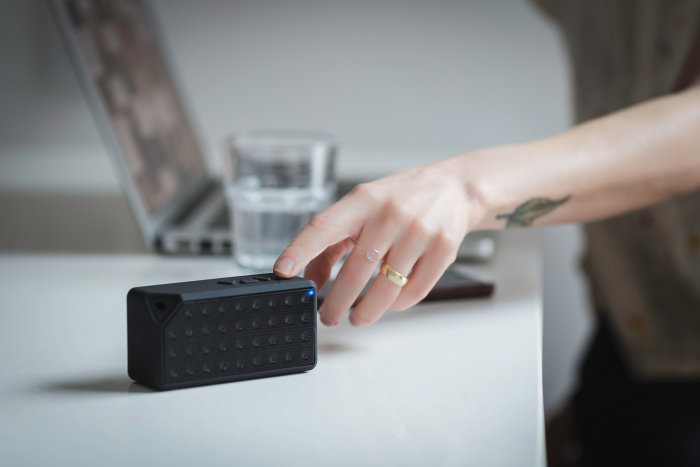
As wireless designers, we’ve worked on countless BLE designs and we know all of the nuances in helping you get your new BLE design through FCC certification testing.
- We have real-world experience working with Nordic, Texas Instruments, and Dialog Semiconductor BLE ICs; we know their SDKs and the testing software needed to conduct the testing. By working with us, you can tap into our collective design knowledge and get your device ready for lab testing immediately
- Because of the scale of our testing business, we have intimate EMC knowledge of each major wireless IC and we can provide pre-design advice on failures we’ve seen with similar designs
- Our wireless testing is not simply providing you with a set of test reports and kicking them over a wall; our engineering team provides comprehensive support services which include filing for your FCC ID, preparing your test reports, support material review and improvement, dialoguing with the TCB to address any material concerns, and then preparing your product manual and labeling for full FCC compliance
If you are currently working on a BLE device that will need FCC certification testing, contact us today for a free comprehensive quote of your BLE device. We’ll be happy to share our design perspective on your system and provide an all-inclusive quote for your required testing.
We make compliance testing easy.
Submit your project details today for a no-cost quote
Request Quote